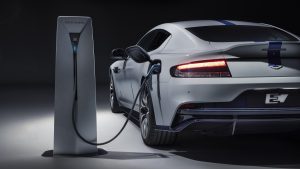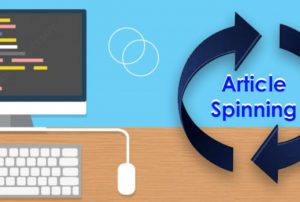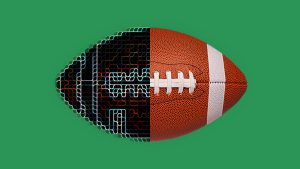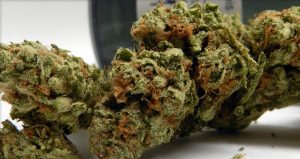Mechanical devices used to convert electrical signals into physical movement are actuators. A component such as this is typically found in manufacturing industrial applications like inflow-control valves, pumps, positioning drives, motors, switches, relays, and meters. The actuators can range from pneumatic actuators to rotary actuators to linear actuators to electric actuators, piston actuators to hydraulic actuators. As well as mechanical and electrical energy, potential energy is stored in compressed liquids and gases as well.
There are two types of actuators commonly used on the market: hydraulic and electro-servo. Hydraulic machinery utilizes fluid power in order to accomplish a simple task. Hydrostatic fluid is used for this purpose. Water is transmitted through a fluid controlled by valves by hydraulic motors or cylinders. Numerous actuators can be used with hydraulic machinery due to their high power output.

Linear actuators operate by moving a piston. Pumping and pulling pistons of a specific length and force power these actuators. A hydraulic pressure placed on one end pushes and extends the rod, causing the piston to move to its opposite end. By reversing hydraulic pressure, the piston rod can be brought back to its original position.
Actuators use compressed air as a source of energy and then use this energy as a source of motion. Different types of actuators produce different types of motion, for instance, oscillatory or linear motion. Pneumatic actuators comprise a piston, cylinder, as well as valves or ports. Cylinders contain diaphragms that keep the air in the upper portion and protect the piston. The diaphragm moves downward due to air pressure, while a piston beneath it moves the siłowniki internal components. There are a variety of pneumatic actuators, such as grippers, tie road cylinders, rotary actuators, and vacuum generators. If the air supply is low, the piston should be larger in size in order to provide more force with less air input.
















